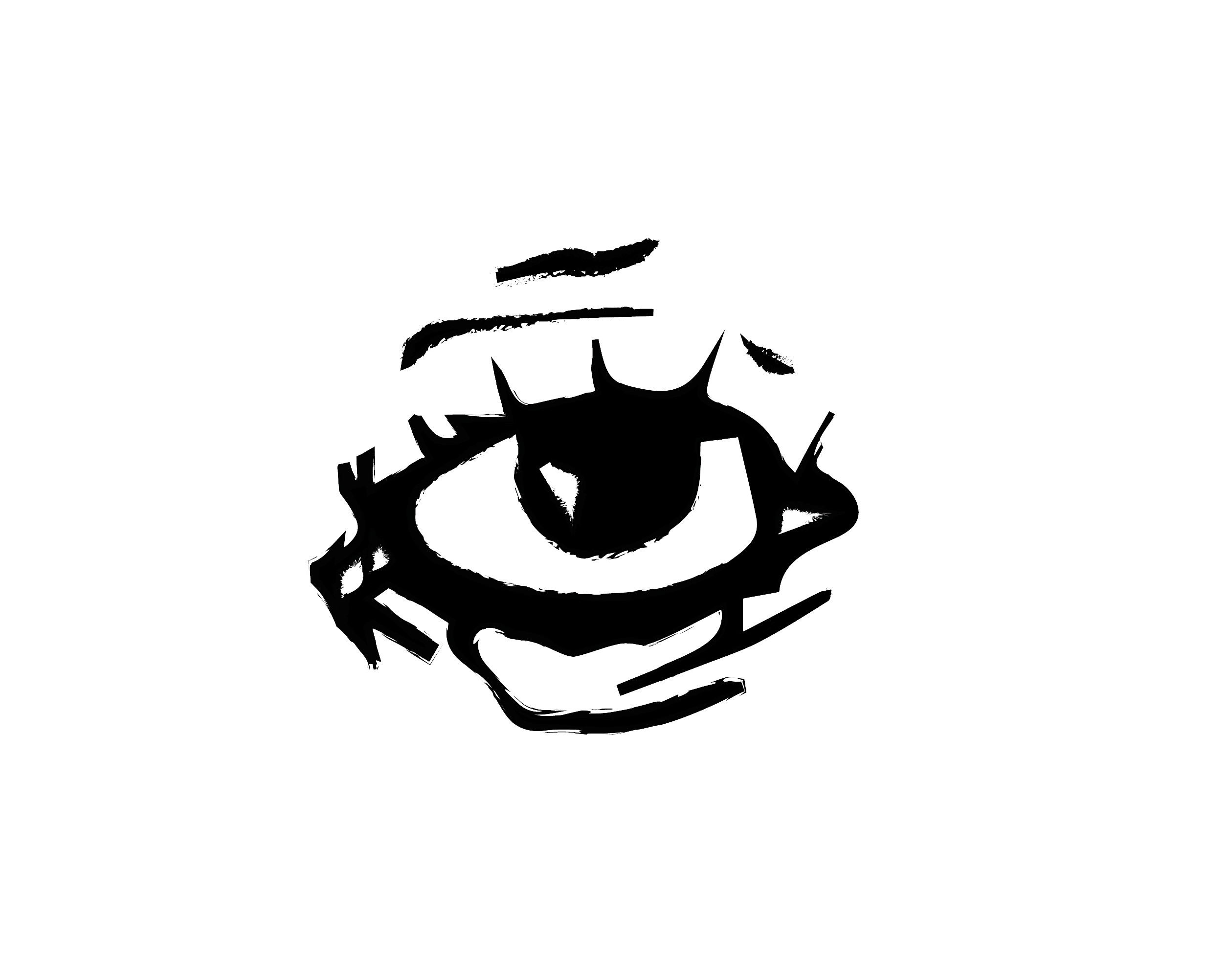Gender Glitch Matrix: Glitched Reproductions
Machine Learning | Digital Media
as part of the MIT Architecture SMArchS Computation thesis:
"Gender Glitch Matrix: Queer Aesthetics and the Politics of Error in Digital Media"
Project: Merve Akdogan
Advisors: Azra Akšamija, Larry Sass
Reader: Panagiotis Michalatos
Time: May 2024
This experiment aims to extend the traditional zine-making process into the digital realm by using existing media manipulation techniques explored during the research phase. This project situates itself as a new methodology of zine-making to create a new ethos in zine culture by embracing “glitches” as a way of making. A zine is a book that can be about anything from anarchic resistance against an exploitative production system, racial prejudice in AI systems, andty in Turkey to erasures of BIPOC communities gender inequalinities. It can cover anything from the difficulties of that community, which is frequently marginalized and thus uses unusual approaches to the subject matter. The particular kind of zines I will come across here are “queer zines,” which are defined as zines created by queer creators or zines with queer content. This experiment aims to confront the reality of limited human resources due to a centralized AI system controlled by a small number of companies and to develop a new aesthetic that can naturally produce glitch effects due to the inaccessibility of certain tools. This media manipulation technique also aims to demonstrate how models with low processing power, short training times, and little data were used to produce a lowered quality in response to the circumstances, much like how zines were created and duplicated using meager resources and primitive technology.
I started this experiment by creating a dataset from online archives—Hradil’s ZINE NET.WORK project (2022), which creates an online archive from 5300 zines collected from the Barnard Zine Library, mainly including queer authors, is one of the resources. It touches upon the importance of marginalized data and its visibility. Another critical project is the Queer Zine Archive Project (QZAP) (2003), which serves as a resource for the enduring relevance of zines within queer communities. It offers a digital repository that makes these critical voices and narratives accessible. Online documentation of these practices helped me a lot in accessing this data.
The dataset consisted of 1144 images sourced from a collection of 53 zines dating from the 1990s to the present, with a focus on material produced by queer authors and communities. I curated the collection by separating images into text-based and image-based pages to facilitate targeted processing and analysis. In addition to images, all text has been OCR-scanned, and the zine contents have been compiled into a single.txt file for later use.
There are multiple stages to the project. First, the appropriate aesthetic for the selected image is determined through a collaborative process that combines the artist's artistic intentions with the computational model's capabilities. Creating reproductions of the original images involves data augmentation after the aesthetic has been determined both for content creation and visual appearance. After that, content similarity scores obtained from CLIP's attributions are used to assemble these images. Finally, a text archive and the composite images are combined. From this, particular phrases relevant to the given image are selected. Then, CLIP directs the precise positioning of these terms in regions where the model applies content-based censorship. This methodology criticizes the erasure and censorship techniques built into the current system. This experiment resulted in a queer zine that combines media manipulation both in visual and textual formats and creates a patchwork using a parameter randomization technique.
Visual Semantics
The first step in making a zine page is selecting a “glitched” image from the dataset. Next, determine which image is the most and least similar from the same dataset using the output of CLIP. The checker pattern creates a reciprocal censorship relationship between two images that illustrates the subversion of the media by splitting and patching the most and least similar images onto the specific areas of the input image. The CLIP model has normative and stereotypical ideas about gender. To reference identities that do not fit in the gender binary system, one could play and manipulate categories such as “feminine” and “masculine.”The region chosen to remain blank is the one CLIP determines to be the most "feminine" and "masculine" regarding the association between text and image. This methodology creates reverse censorship.
Textual Semantics
In the design of the zine pages, visual elements such as text patchworks are linked to the semantic relationships derived from the queer zine text archive made with the help of OCR technology. Text is arranged into a word cloud, featuring diagonal, overlapping layouts representing phrases' chaotic interconnections. These clusters represent the semantic relationships between words using the Gensim language model. Ensuring closely related words cluster together, enhancing both aesthetic and thematic depth.
